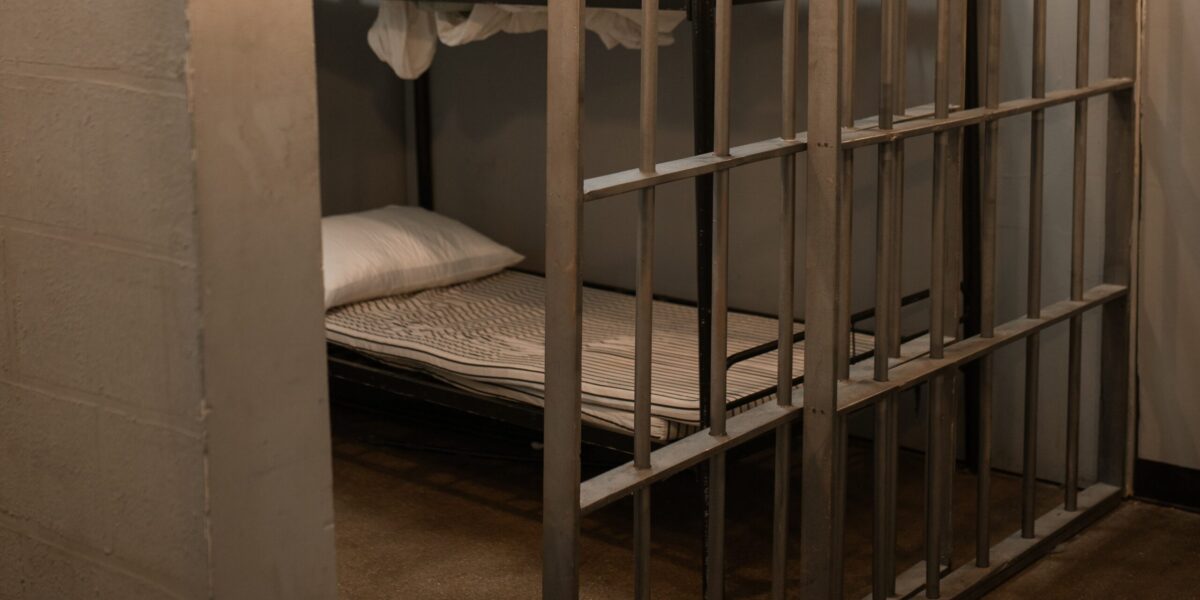Evidence shows putting children behind bars leads to overall worse general adult health, higher recidivism rates and lower life expectancies. Despite this, Canada continues to jail youth by the tens of thousands each year.
But a new report from the Sentencing Project presents six effective alternatives to child incarceration. While their findings reflect American statistics, it offers a blueprint for Canada to adopt some alternatives of its own.
Last year, Statistics Canada reported a dramatic and unprecedented decline in the number of incarcerated youth in the first year of the COVID-19 pandemic. With a decrease of 27 per cent, Canada has already demonstrated there are safe alternatives to incarcerating young people in the name of health, safety and human rights.
Those numbers marked the largest drop in youth incarceration since the Youth Criminal Justice Act came into effect, reaching its lowest point in February 2021 with 449 youth incarcerated.
Additionally, the average daily count of young people in jail awaiting trial went down by one quarter from March 2020 to March 2021. During that time period, over 10,000 youth were admitted to correctional facilities.
A closer look at the alternatives to youth incarceration
Not only do the alternative justice models produce better public safety outcomes than incarceration, the Sentencing Project’s findings show they come at “a fraction of the cost” of incarceration.
After all, it costs taxpayers $51,700 every year to incarcerate a single youth in Canada, compared to $3,300 per youth in open custody — residing in child care facilities, community residential centres or group homes.
Known as alternative-to-incarceration programs, the six intervention models include:
- Credible messenger mentoring programs
- Advocate and mentorship programs
- Family-focused, multidimensional therapy
- Cognitive behavioral therapy
- Restorative justice interventions
- Wraparound programs
One year after enrolling in New York City’s credible messenger mentoring program, 77 per cent of youth participants remained arrest-free. Only one-in-ten were arrested for a felony.
Meanwhile, in Baltimore, ML, 95 per cent of those who received cognitive behavioral treatment and mentorship stayed out of trouble with the law for two years after their arrest.
“Pursuing these opportunities – ending the unnecessary, racially unjust, and often abusive confinement of adolescents – should be a top priority of youth justice reform nationwide,” the Sentencing Project said in a June 28 statement.
Why youth incarceration fails
The alternative models follow research from a March report that looked at why child incarceration fails.
Among other findings, the report presented strong evidence that “incarceration is not necessary or effective in the vast majority of delinquency cases,” noting that locking up young people only increases the likelihood they will cycle back into the criminal justice system again.
The Sentencing Project has also found that, much like adults, being incarcerated greatly diminishes future success in education and employment.
READ MORE: How do Black youth find their voice in the criminal justice system?
Incarcerating youth also exposes them to a host of health issues, both short- and long-term, mental and physical.
Young people who spend any length of time incarcerated are known to have overall worse general health as an adult, while extended periods of incarceration can result in functional limitations like climbing stairs, along with hypertension and obesity.
Mental health issues, which are often an underlying factor behind youth being incarcerated, are also prevalent among young people in custody.
For example, the Sentencing Project reports that children incarcerated for one year or more are four times more likely to suffer from clinical depression and twice as likely to experience suicidal ideation as an adult.
Overall, being behind bars directly contributes to a shorter life expectancy.
“In the end,” the report concludes, “the most essential ingredient for reducing overreliance on youth incarceration will be a determination to seize every opportunity to keep young people living safely at home with their parents and families, in their schools and communities.”
Indigenous youth incarcerated in Canada
Often referred to as the modern-day residential school, the Indigenous youth-to-prison pipeline has carried on much of the legacy of colonization and white supremacy that saw children stolen from their homes and stripped of their language, culture, identity — and all too often, lives.
Indigenous youth between the ages of 12 and 17 make up just seven per cent of all adolescents in the same age group, but also made up 35 per cent of all incarcerated young people in Canada in 2014-15.
Between 2020 and 2021, male Indigenous youth made up half of the new male youth custody admissions (48 per cent), while female Indigenous youth represented nearly two-thirds (62 per cent).
The Youth Criminal Justice Act
The YCJA, which replaced the Young Offenders Act in 2012, applies to young people between the ages of 12 and 18.
“Canada had one of the highest youth incarceration rates in the Western world [prior to the YCJA],” the Department of Justice said upon its implementation.
The new law seeks to reserve jail terms for the most serious crimes, with maximum sentences ranging from two to 10 years depending on the offense.
That being said, young people who are tried as an adult can still face life imprisonment if convicted of crimes like first-degree murder.



